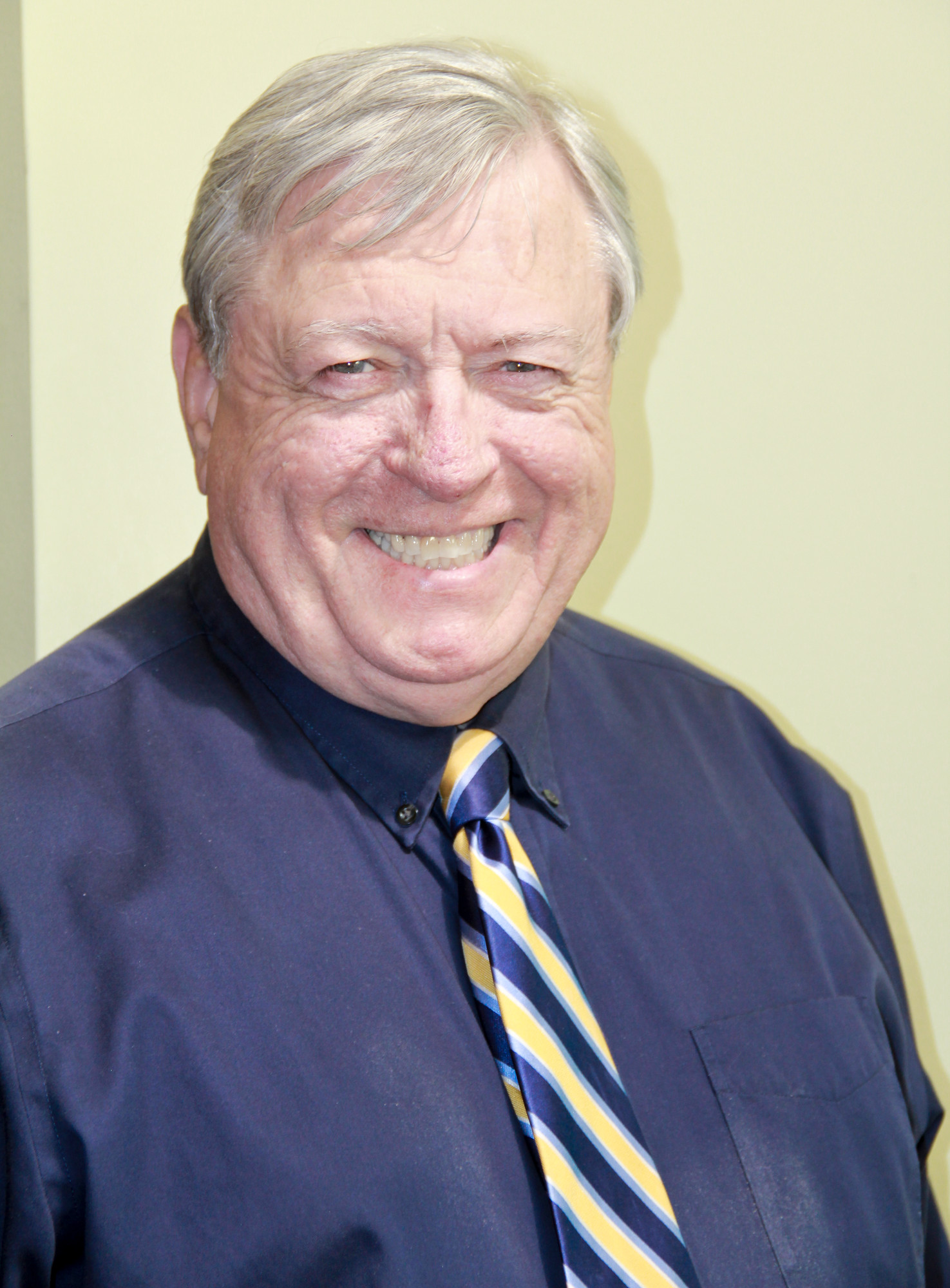In March, let us note the contributions of the Irish
In addition to the world’s oldest (continuous since 1762) and largest St. Patrick’s Day parade up 5th Avenue in Manhattan on March 17, dozens of Long Island communities are looking forward to their local parades, including Mineola and Bethpage on March 6, Huntington on March 13, Rockville Centre on March 19, Glen Cove and Wantagh on March 20, and Bayside on March 26. New York state has more than 50 parades — not including other kinds of St. Patrick’s celebrations — in March. These will all be well attended by marchers and spectators, since most parades are returning after two years of Covid-caused hiatus.
There are thousands of St. Patrick’s parades throughout the country, many thousands around the world, from Dublin to Tokyo.
Principally a chance for Irish-Americans to show their ethnic pride, our local family-oriented events are welcome signs of spring, reasons to rejoice in the pandemically safer outdoors and great opportunities for downtown businesses, with so many people lining the streets.
I’ve been watching or marching in such wonderful events in honor of St. Patrick, the patron saint of Ireland, for most of my long life. Sciatica and other maladies, however, have recently removed me from the line of march and sent me to the sidelines to cheer on my friends and fellow members of the Ancient Order of Hibernians.
While parades are fun, they say little about the important role Irish-Americans have played in the past and present of our country. I wish people knew more about the magnificent contributions Irish immigrants and Irish-Americans have made to the formation and preservation of the United States, and its ongoing exceptionalism. Science, government, education, the labor movement, the military, civil rights, justice, policing, the arts, music and literature, industry, business, journalism and many other fields would be profoundly the less but for what Irish-Americans have done and continue to do.
Six of the last seven presidents — and half of all American chief executives — were of Irish ancestry, including Biden, Reagan, Kennedy, Wilson, Teddy Roosevelt and Grant.
More than 25 percent of George Washington’s Revolutionary Army comprised Irish-Americans. Of the country that provided him with such brave soldiers, Washington said, “Ireland, thou friend of my country in my country’s most friendless days, much injured, much enduring land, accept this poor tribute from one who esteems thy worth, and mourns thy desolation.” A hero of that war, Commodore John Barry, of Ireland, was the holder of the first commission in the new United States Navy.
Two hundred fifty-seven recipients of the Medal of Honor were born in Ireland. Dan Daley was awarded two Medals of Honor for separate actions, and would have been given a third but for the fact that he already had two.
Walt Disney, actor and dancer Gene Kelly, dancer Michael Flatley, playwright Eugene O’Neill and authors F. Scott Fitzgerald and Malachy McCourt were/are Irish-Americans. Bruce Springsteen is of partial Irish ancestry, as was John Ford, who has the most Academy Awards for best director, at four. Auto manufacturer Henry Ford had Ireland’s blood in his veins.
The first woman to command a NASA space mission was Astronaut Col. Eileen Collins, an Irish-American. The first American woman to walk in space was the Irish-American Dr. Kathryn Sullivan.
Edward J. Flanagan was born in a wee stone cottage in County Roscommon, Ireland. He would become the Father Flanagan of Boys Town, in Omaha, Neb., and a beloved activist on behalf of children. Mary Harris, a.k.a. Mother Jones, was an advocate for child labor laws. Tough Kerryman Michael J. Quill was one of the founders of the Transport Workers Union.
The list of Irish America’s contributors to the greatness of our nation goes on and on. The symbols of Irish America aren’t the stereotypical leprechauns, green beer, silly plastic hats and fake freckles; Irish America’s significance is better found in Washington’s words, the names of Irish Brigade troops on Gettysburg’s gravestones, Boys Town, NASA, the American labor movement and the Medal of Honor rolls.
All Americans should celebrate Irish-American Heritage Month. Educators should teach about the heroic influence Irish-Americans have had. Librarians should create displays. Parents should show their children how deserving Irish-Americans are of honor. Many of the notable American heroes mentioned above have surely earned their own classroom lessons, from grade school to college.
I wish all Herald readers and staff a happy St. Patrick’s Day!
John O’Connell is a former executive editor of the Herald Community Newspapers. Comments? OConnell11001@yahoo.com.

 50.0°,
Overcast
50.0°,
Overcast 




